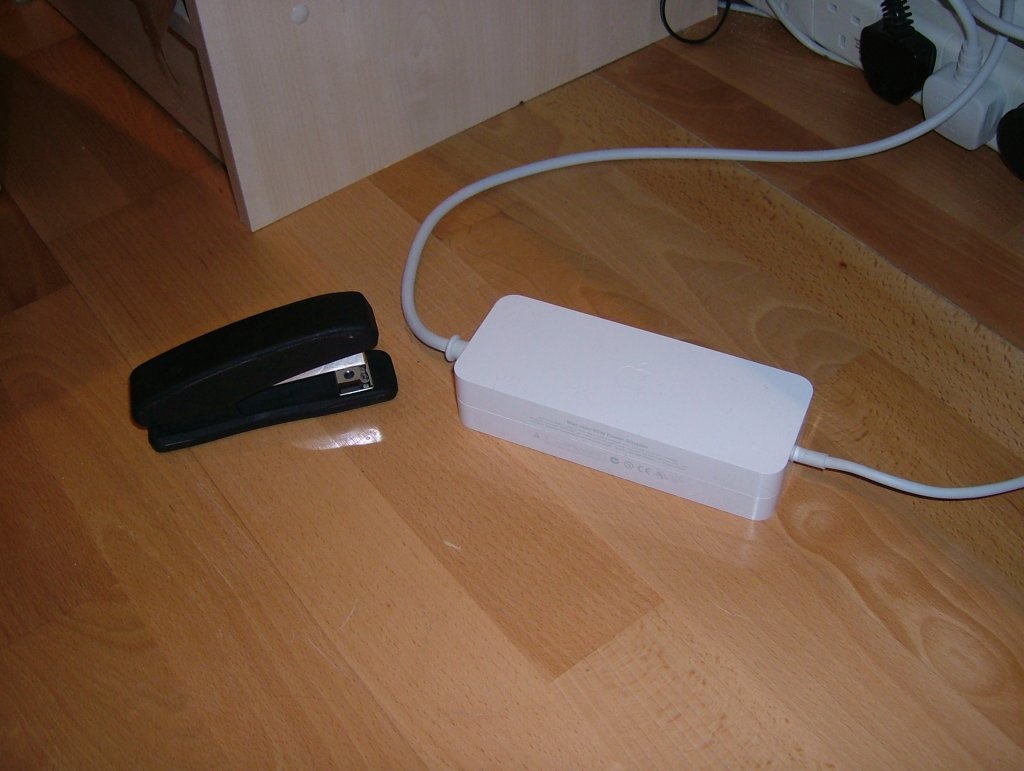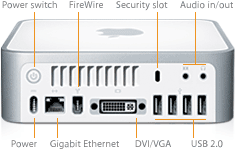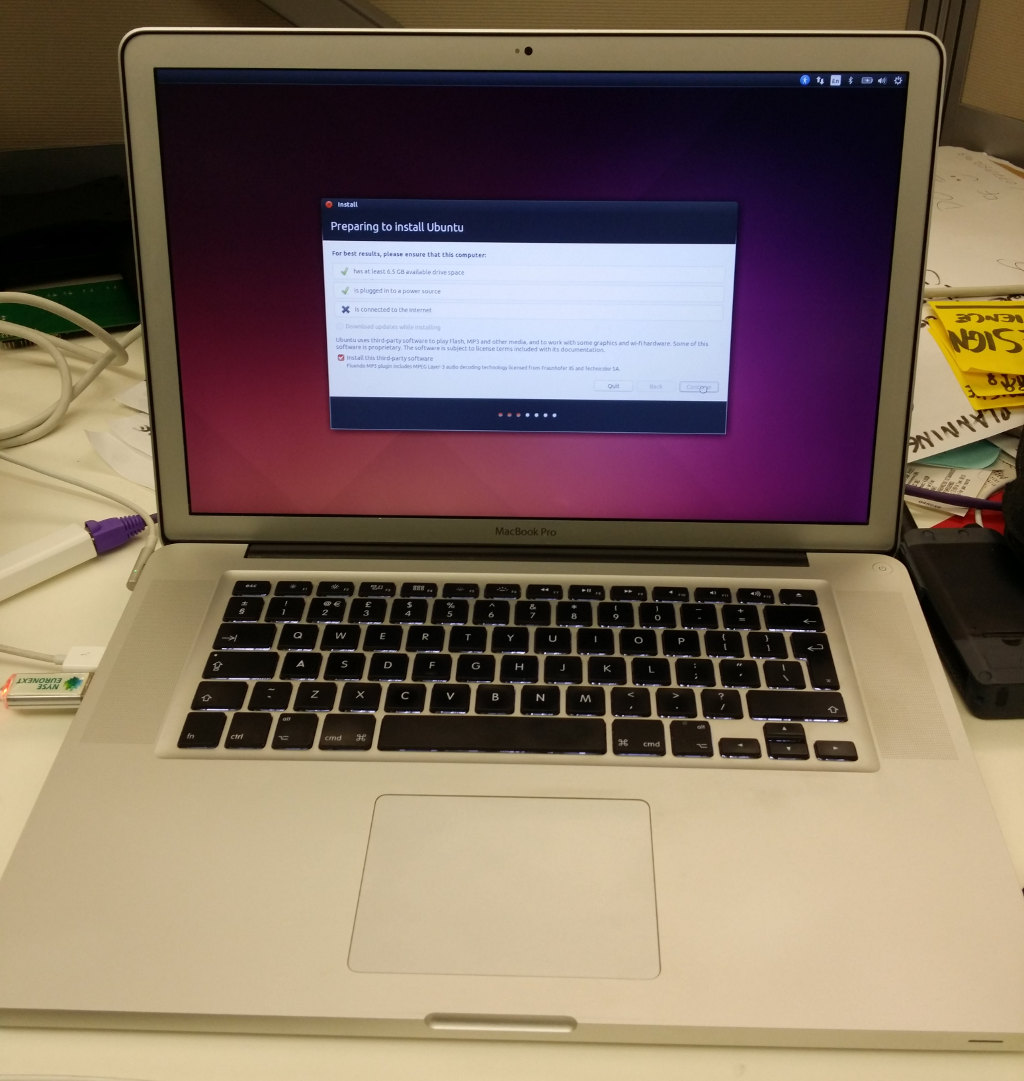

- #Install linux on mac mini 2006 install#
- #Install linux on mac mini 2006 drivers#
- #Install linux on mac mini 2006 update#
- #Install linux on mac mini 2006 pro#
- #Install linux on mac mini 2006 code#
Using rEFItįirst grab a copy of rEFIt from and install it. As of this writing, there are two boot loaders in use for NetBSD and Linux setups on Macintosh computer's: rEFIt, and a more recent fork of rEFIt named rEFInd. It has a GUI-based installer that works with MacOS.Ī (U)EFI boot loader is required to transfer control to a target operating system at boot time. Get it at If you already have MacOS X installed, I'd suggest getting the disk image (dmg) version. A copy of rEFIt to use as a primary bootloader.A working, ethernet-based connection to the Internet (or localnet with cached install sets) or a known-good USB-based wifi adapter.It helps to have a local FTP, NFS, or HTTP server with the binary sets on them if you want a fast install process. I used an FTP based install, so there was no need to burn the whole distribution onto my CDRW. A CDRW or CDR with the "boot.iso" file burned on it from the NetBSD distribution mentioned above.I've noticed that netbsd-4 beta snapshots seem to work fine, as well (as long as they are amd64 architechture). A -current version of NetBSD for the "amd64" architechture (i386 versions will crash under a small bit of load on the Macbook).Mac Mini's also seem to work with largely this advice.
#Install linux on mac mini 2006 pro#
UPDATE: Macbook Pro should work fine, but some of the hardware, for example graphics cards and internal 802.11 interfaces, might be completely different. There wasn't one available to test as this document was assembled. I am totally unsure about the Macbook Pro.
#Install linux on mac mini 2006 update#
** UPDATE sound kind of works in 4.0 and probably fully in 5.0/-current however you'll need to jack with all the values you see from "mixerctl -a" before you'll hear anything.



you won't fry your macbook installing NetBSD) IEEE1394 interface (shows up, but I've never used it).Touchpad (but no synaptic extensions, so it sucks).NVIDIA GeForce graphics (with resent Xorg).i810 Graphics (Intel 945GM chip) and the LCD panel (with some help from the "915resolution" application).Core2Duo processor (it still crashes, but the amd64 much less often than the i386 port).What works and what doesn't Known to work Do not try to use XFree86 - it will probably fail.For recent versions of current, try setting X11FLAVOUR=Xorg and X11_TYPE=modular in /etc/mk.conf to get both native and package (modular) Xorg. UPDATE: this maybe fixed in pkgsrc-2008Q4 so maybe you can just set "X11_TYPE=modular" in /etc/mk.conf and compile all the meta xorg packages from pkgsrc/meta-pkgs/xorg-*. Do not just compile the meta package for xorg without first setting your options in such a way that you'll get the i810 server installed properly or you'll waste a bunch of time recompiling later.(UFS2 + log should work on 5.0 and -current). Stick with UFS1 + softdep at least until 4.0 comes out. Your machine will panic until your remove the LFS venom from it's veins. Do not try using LFS on a partition that has even a moderate amount of I/O going on it.You'll either end up reloading OS X from scratch or trying to recover with a lot of black magic on the EFI shell. Otherwise you could wipe out the rEFIt loader along with any way to boot the machine. Answer "NO" to that question during installation.
#Install linux on mac mini 2006 code#
#Install linux on mac mini 2006 drivers#
The drivers are too old for this machine and you'll be lucky to get through the installation before it crashes.


 0 kommentar(er)
0 kommentar(er)
